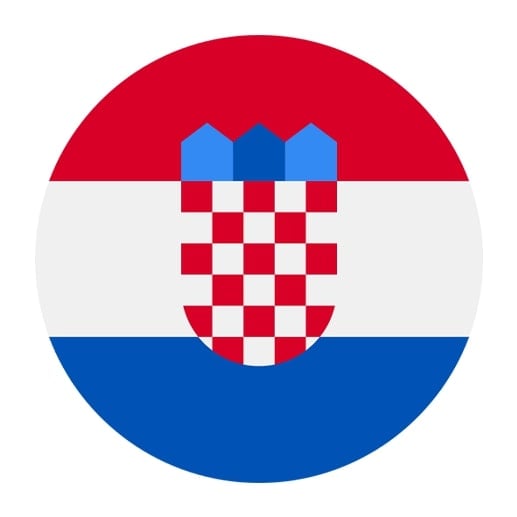Croatian Grammar Exercises
Want to get more confident in Croatian? Practicing grammar exercises will help you master sentence structure, verb forms, and the unique features of the Croatian language. Start exploring Croatian grammar today and watch your skills and fluency improve with every new exercise!
Get started
The most efficient way to learn a language
Try Talkpal for freeCroatian Grammar Topics
Croatian, a South Slavic language, is the official language of Croatia and one of the official languages of Bosnia and Herzegovina. It is a complex and rich language, with a long history and a unique grammar system. For learners, it is essential to understand the fundamental aspects of Croatian grammar to become proficient in the language. This guide will help you navigate through the key grammar topics such as tenses, verbs, nouns, and more, in a sequence that will facilitate your learning process and provide a strong foundation for mastering this beautiful language.
1. Nouns:
Nouns are the first building block of any language, and Croatian nouns have three genders – masculine, feminine, and neuter, which affect the declension and agreement with adjectives and pronouns. Familiarize yourself with the different genders and their respective endings.
2. Articles:
Croatian does not have articles like “the” or “a” in English, making it easier for beginners to start constructing simple sentences without worrying about article usage.
3. Pronouns/Determiners:
Pronouns are used to replace nouns in sentences, while determiners indicate the specificity of a noun. Learn the different types of pronouns (personal, possessive, demonstrative, etc.) and their declension according to gender, number, and case.
4. Adjectives:
Adjectives describe the qualities of nouns, and they agree with the gender, number, and case of the noun they modify. Learn the basic forms and declension patterns of adjectives.
5. Verbs:
Verbs are the core of any sentence, expressing actions or states. Croatian verbs are conjugated according to tense, mood, voice, and person. Start with the most common regular verbs and their conjugation patterns in the present tense.
6. Tenses:
Croatian has seven tenses – present, future I, future II, past, pluperfect, aorist, and imperfect. Begin with the present tense and then move on to past and future tenses, learning the conjugation patterns for each.
7. Tense Comparison:
Understanding the differences and similarities between the tenses is crucial in mastering Croatian. Compare the tenses and practice using them in context.
8. Progressive:
The progressive aspect expresses actions that are ongoing or continuous. Croatian does not have a separate progressive form like English, but you can convey the progressive meaning by using specific verb forms, adverbs, or constructions.
9. Perfect Progressive:
This aspect combines the perfect and progressive meanings. In Croatian, it is expressed by using the perfect tense with a specific verb form or construction that indicates continuous action.
10. Adverbs:
Adverbs modify verbs, adjectives, or other adverbs, and they usually indicate manner, place, time, or degree. Learn the most common Croatian adverbs and their placement in sentences.
11. Prepositions:
Prepositions are used to indicate relationships between words, such as location, direction, time, or possession. Learn the most common Croatian prepositions and the cases they govern.
12. Conditionals:
Conditionals express hypothetical situations or conditions and their consequences. Croatian has three types of conditionals – real, unreal, and mixed. Learn the formation and usage of each type.
13. Sentences:
Finally, practice combining all the grammar elements you’ve learned to construct simple and complex sentences in Croatian. This will help you develop your language fluency and understanding of Croatian grammar as a whole.








